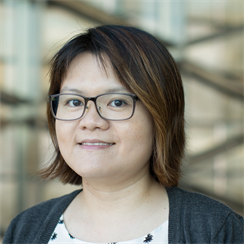Environmental Science and Engineering
Wiser ways with water
Safety assurance is the first step in bringing valuable wastewater into use, says Peiying Hong.
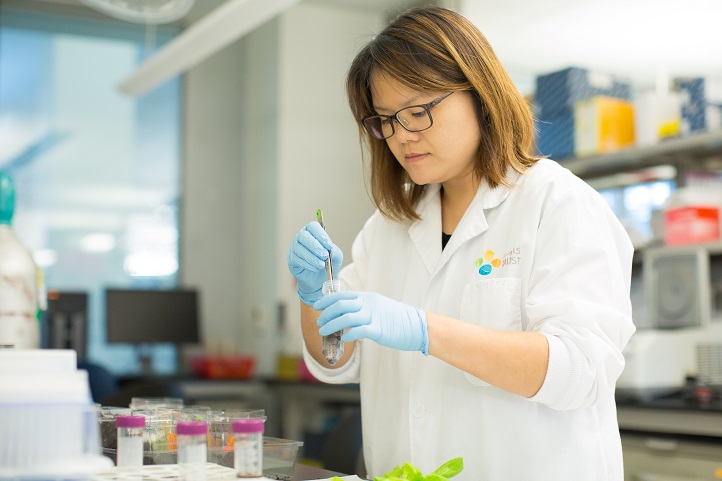
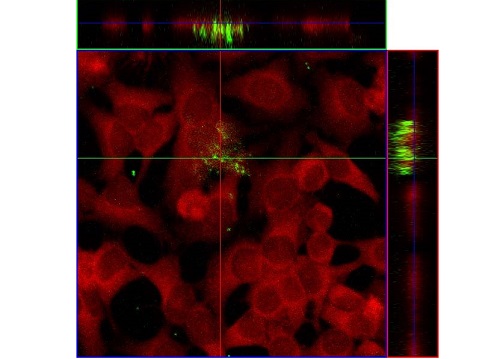
Hong’s experiments show that the multi-drug-resistant E. Coli bacterium (green) is taken up by mammalian cells (red).
© 2017 Peiying Hong
From washing the breakfast dishes to taking a bath and every time we run a tap or flush the toilet in between, most of us take for granted the water we send spiraling down the drain each day.
Peiying Hong thinks about wastewater more than most. “My team’s research aims to address water scarcity issues,” says the assistant professor from the Water Desalination and Reuse Center at KAUST. “We think treated wastewater is a valuable alternative water resource.”
The twin pressures of population growth and climate change mean the world’s freshwater resources are increasingly strained. Treated wastewater could supplement drinking water supplies or be used for irrigation. “Not only can we recover the water,” Hong says, “by passing wastewater through a bioreactor, but we could extract energy as well as reclaim nutrients that can be used as fertilizer.
“But in order to convince people to reuse wastewater, we need to convince them it is safe.”
Assessing and improving the safety of treated wastewater is the current focus of Hong’s research. “We look at emerging microbial contaminants, such as antibiotic-resistant pathogens, and assess whether current or new wastewater treatment technologies remove them,” Hong says. “If not, what contaminants remain in the treated water and what low-cost approaches can we use to further reduce their abundance?”
In the nearby Saudi city of Jeddah, Hong has the perfect natural laboratory for her research; each year, millions of religious pilgrims visit from around the world to attend Hajj. Each visitor contributes their own microbes to the local wastewater stream.
From Jeddah’s municipal wastewater, Hong isolated a bacterium of concern, an Escherichia coli pathogen carrying the New Delhi metallo-beta-lactamase (NDM) gene1. Bacteria with the NDM gene are resistant to virtually every antibiotic drug we have. “Having identified this pathogen, we want to assess if wastewater treatment processes available in the Kingdom can remove it, and if not, can we make use of solar irradiation to further inactivate that bacterium,” explains Hong2.
Originally from Singapore, where treated wastewater already forms part of the regular water supply, Hong is familiar with the resource’s potential. “Singapore is just a very small island and one of the most water-scarce countries in the world.” Hong explains, “The country made desalination and water reuse a national research priority. “Through research and development, Singapore is now selfsufficient in water,” she told us. “That’s why I truly believe in reusing wastewater to address issues of water scarcity.”
It was as a Ph.D. student at the National University of Singapore (NUS) in the late 2000s where she was developing molecular methods to detect wastewater contamination that Hong first heard of KAUST. This new university in Saudi would host its inaugural president, Choon Fong Shih, from the NUS.
Following postdoctoral work at the University of Illinois at Urbana-Champaign, where she studied antibiotic-resistant microbes in the air, land and water around livestock farms, she secured a position at KAUST to begin her independent academic career. “What really attracted me was the amount of support given to researchers, especially to assistant professors just starting out, in terms of funding and facilities,” Hong recalls.
Since joining KAUST, Hong has combined the various strands of her previous work—studies on wastewater and human health at NUS and on antibiotic-resistant microbes in the US—with her current research topic. Assuring treated wastewater is free from dangerous microbes is a subject she would have struggled to find funding for elsewhere, Hong says. “Most funding agencies prefer research that results in a tangible product. When trying to research antimicrobial issues, this is not the case. But in KAUST, they promote blue-sky research as well as very applied research. They provide me with the flexibility to research these areas,” she says.
Moving forward, Hong would like to research whether climate change will have any impact on the antimicrobial resistance threat. “Climate change could exacerbate water scarcity, and we are going to see more events like extreme precipitation or prolonged drought,” she predicts, “that may further perturb water quality. And so we may need better surveillance technologies to monitor that.”
References
-
Mantilla-Calderon, D., Jumat, R., Wang, T., Ganesan, P., Al-Jassim, N. & Hong, P.-Y. Isolation and characterization of NDM-positive Escherichia coli from municipal wastewater in Jeddah, Saudi Arabia. Antimicrobial Agents and Chemotherapy 60, 5223-5231 (2016). | article
-
Al-Jassim, N., Mantilla-Calderon, D., Wang, T. & Hong, P.-Y. Inactivation of a virulent wastewater Escherichia coli and non-virulent commensal Escherichia coli DSM1103 strains and their gene expression upon solar irradiation. Environmental Science and Technology 51, 3649-3659 (2017). | article
You might also like
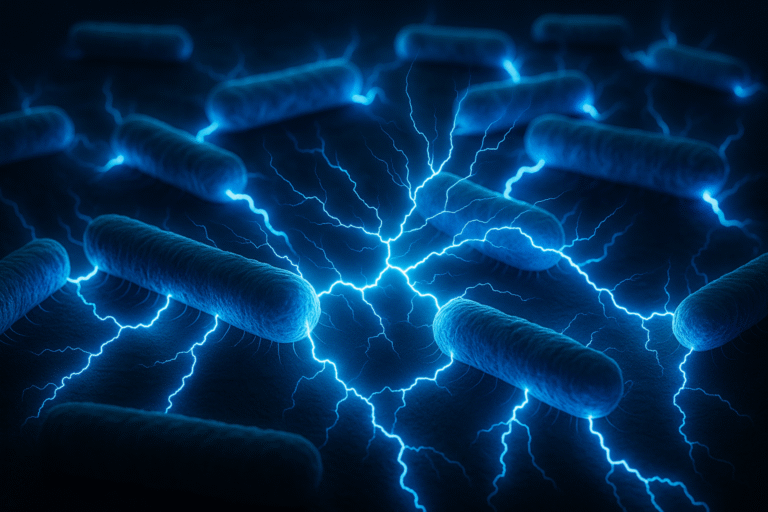
Environmental Science and Engineering
Bacteria reveal hidden powers of electricity transfer
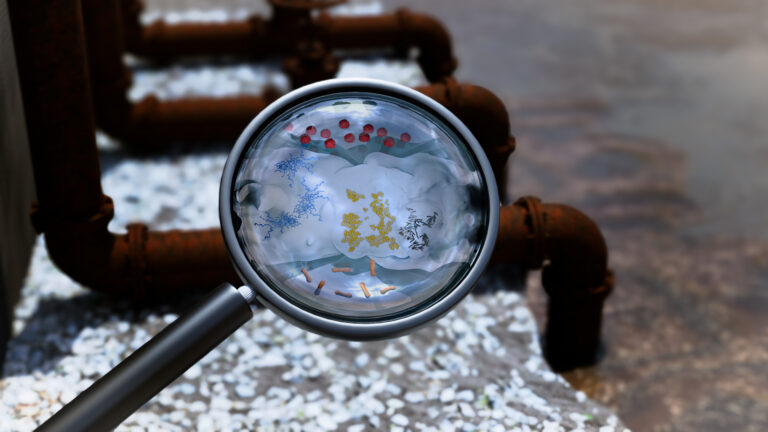
Environmental Science and Engineering
Wastewater surveillance tracks spread of antibiotic resistance

Bioscience
Super fungi survive extreme Mars-like environments

Environmental Science and Engineering
Rethinking food systems to restore degraded lands
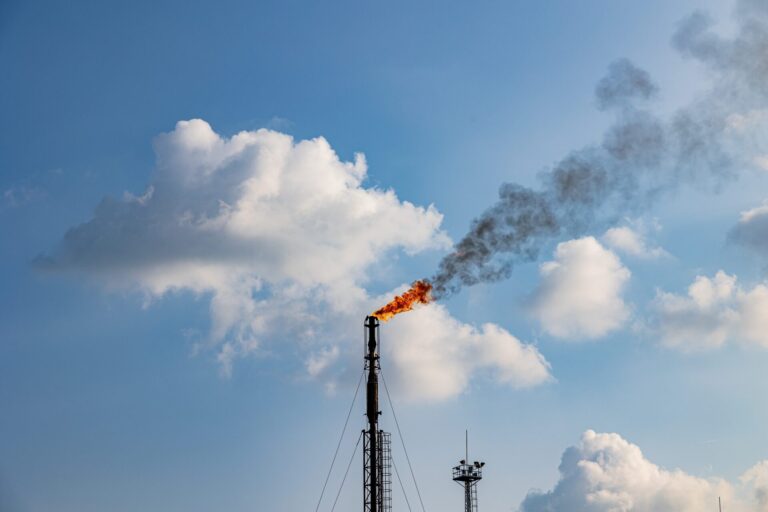
Environmental Science and Engineering
Combat climate change by eliminating easy targets
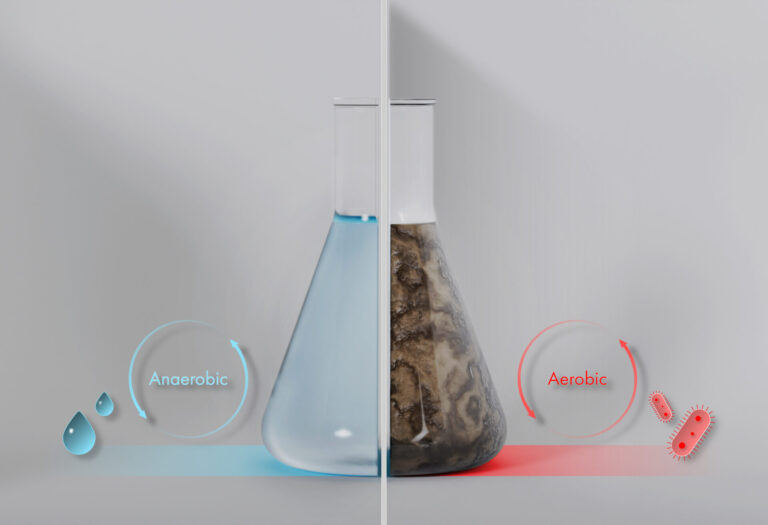
Environmental Science and Engineering
Wastewater treatment to fight the spread of antibiotic resistance

Bioscience
Digging into the world of plant-growth-promoting microbes

Bioscience




